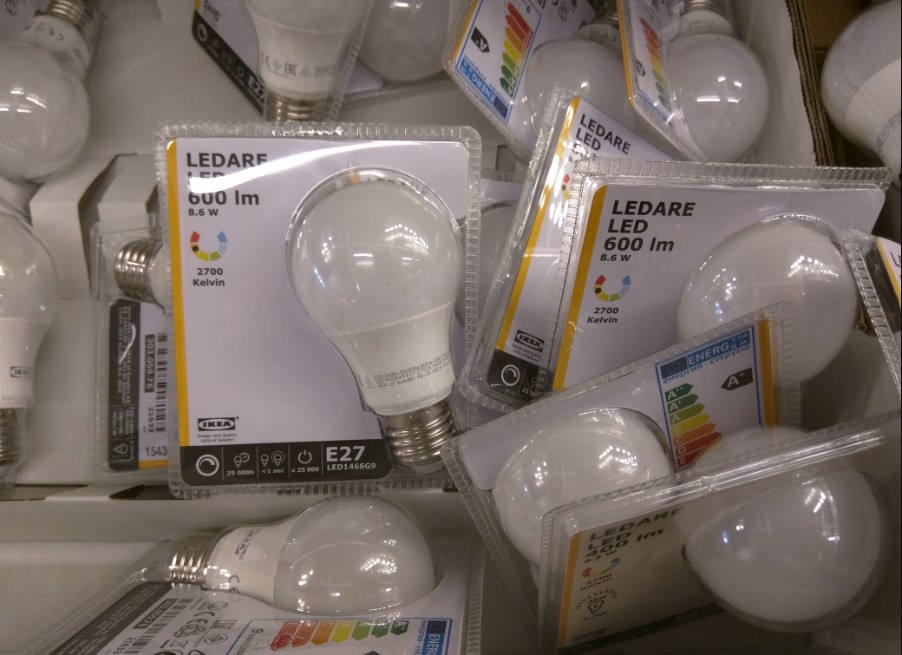- cross-posted to:
- news@lemmy.world
- green@lemmy.ml
- cross-posted to:
- news@lemmy.world
- green@lemmy.ml
Incandescent light bulbs are officially banned in the U.S.::America’s ban on incandescent light bulbs, 16 years in the making, is finally a reality. Well, mostly.



I’m curious about what fixtures your led light bulbs were in.
Old incandescent lights worked great at high heat levels, so a typical boob light fixture that kept the heat in would be fine for an incandescent. Put an LED light in there, and it can still heat up beyond design capacity and might not get enough ventilation and age prematurely.
The only leds that failed for me were inside a fixture meant for incandescent lights. All our open bulbs or specially designed for led fixtures have been going strong for half a decade or more.
Planned obsolescence is a thing here. The LEDs don’t fail, it’s the power circuitry. Unfortunately the fixture theory doesn’t pan out, as fixtures meant for incandescent bulbs need to be able to dissipate much more heat (about 6 times as much). I’ve been using LED bulbs for 7 years in all sorts of different fixtures and have never had even one burn out on me. Why? I don’t really know. Maybe I turn the lights on less often than other people?
It’s more likely that the cheap ones are just using a driver board so cheap that it cannot tolerate the heat at all to cut costs, and the bulb dying sooner is just a nice side effect of that.
It’s best to just not buy the cheapest bulbs. I’ve had good luck with Philips.
I have a 10+ year old LED bulb of corn type, made by a local manufacturer. Works great to this day. It outlived a few generations of store-bought crap like Philips and Emos in the rest of the house.